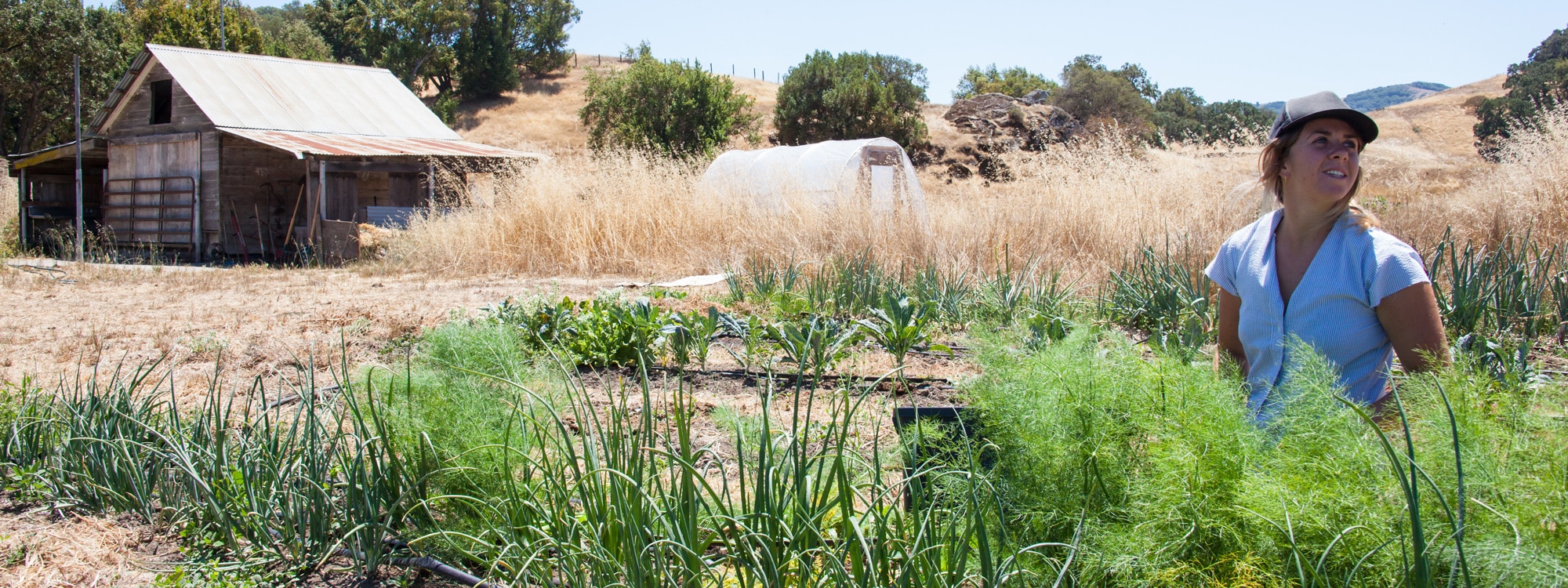One of the main attractions of living in the Bay Area is the delectable food scene and we can thank local farmers and ranchers for being a huge part of that culture. But these days, there are a lot of barriers to success in our region’s agricultural industry.
The Bay Area’s 3.2 million-acre greenbelt is 65% farm and ranch lands. These lands contribute to our local food supply and provide other important benefits such as groundwater recharge, wildlife habitat, and flood control. We must safeguard these lands to maintain the Bay Area’s agricultural heritage and to ensure the region grows in a sustainable way. Greenbelt Alliance believes that there are innovative policies that we can use to help local agricultural businesses thrive and to keep farmers and ranchers on their land.
Our Barriers to Farming and Ranching research project will identify the range of local government policy barriers to successful agricultural enterprise and recommend solutions for overcoming them. Over the next several months, we will reach out to agriculturalists, policymakers, and food system advocates throughout the Bay Area to root out specific barriers in each of the Bay Area’s nine counties.
Recently, we conducted a pilot project in Sonoma County and identified a host of challenges in the county, such as the lack of access to land and markets and the need to streamline permitting processes.
Evan Wiig, executive director of the Young Farmers Guild, works with many farmers who want greater access to farmland in Sonoma. These farmers want to be able to utilize small-scale parcels for their business, but can’t afford to buy them due to the high cost of land. To address this barrier, Evan envisions a liaison or a program that connects large-scale landowners, who are willing to offer leases and to support infrastructure investment on their properties, with small-scale farmers.
Another possible policy that could help local agriculture is zoning urban adjacent lands to encourage agricultural activities and to discourage conversion to urban uses. Contra Costa County’s agricultural core policy and Marin’s subdivision limits policy may offer insights for how to develop a Sonoma-specific policy.
As we dig deeper into this research project, we anticipate finding both similar and different challenges across counties. Greenbelt Alliance will continue working locally with people like Evan to help the Bay Area’s local farms and ranches thrive.
Photo: Zoe Meyers




